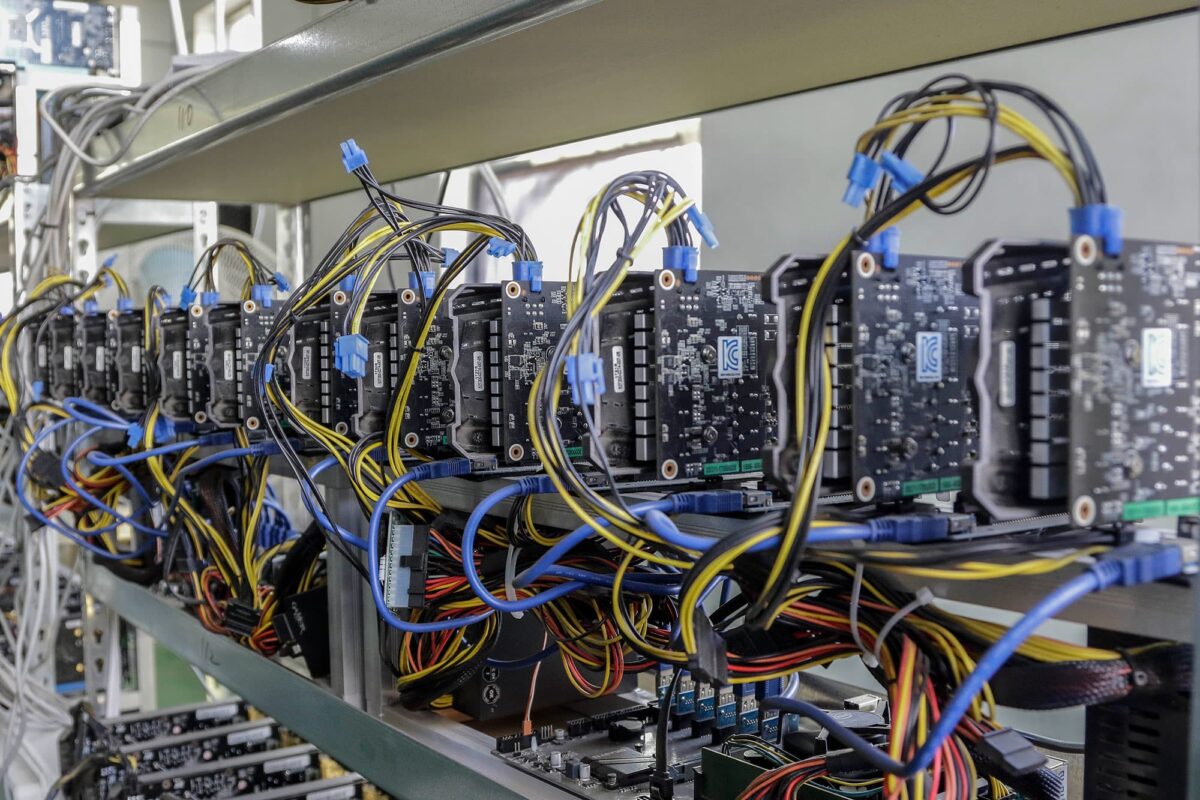Understanding the passive income potential of Bitcoin mining requires more than enthusiasm, it demands a structured, data-driven approach. For analytical readers and spreadsheet lovers, profitability hinges on modeling variables that shift daily, from hash rate fluctuations to energy costs and network difficulty. While many online calculators offer quick estimates, building a reliable forecast means going deeper into the mechanics of mining economics.
Start with the hash rate, which measures the computational power of your mining rig. This figure determines how many calculations your hardware can perform per second, directly influencing your share of block rewards. For example, a rig producing 120 TH/s contributes a fraction of the total network hash rate, which in 2025 often exceeds 500 EH/s. The smaller your share, the lower your expected payout, unless you’re part of a mining pool. Estimators like WhatToMine or custom spreadsheet models allow users to input hash rate, pool fees, and block reward data to project daily earnings.
Electricity cost is the next critical input. Mining rigs consume power continuously, and even small differences in local rates can dramatically affect margins. A rig drawing 3,000 watts will use around 72 kWh per day. At $0.10 per kWh, that’s $216 per month in energy costs. Spreadsheet models should include dynamic pricing scenarios, especially in regions with tiered or time-of-use billing. Including cooling costs whether through HVAC systems or passive airflow adds realism to the model and prevents underestimating expenses.
Hardware depreciation and maintenance must also be factored in. ASIC miners typically have a useful life of 2–3 years before becoming inefficient or obsolete. Including a depreciation schedule in your ROI model helps forecast when reinvestment will be needed. Maintenance costs, such as fan replacements or firmware updates, may seem minor but can accumulate over time. Modeling these as monthly or quarterly expenses ensures a more accurate breakeven timeline.
Bitcoin’s price volatility introduces another layer of complexity. While mining rewards are denominated in BTC, your income is ultimately realized in fiat. Including historical price ranges and projecting conservative, moderate, and optimistic scenarios helps build a resilient model. Some miners hedge by converting a portion of earnings immediately, while others hold in anticipation of price appreciation. Your strategy should align with your risk tolerance and liquidity needs.
Breakeven analysis ties all these elements together. Calculate your total upfront investment including hardware, setup, and initial energy costs and compare it to projected monthly net income. Divide the total investment by monthly earnings to estimate how many months it will take to recoup costs. A breakeven period under 18 months is generally considered healthy, though this varies by region and market conditions.
For those who enjoy building financial models, Bitcoin mining offers a rich canvas of variables and strategic levers. By integrating hash rate estimators, dynamic energy pricing, hardware depreciation, and market volatility, you can construct a comprehensive forecast that goes far beyond surface-level calculators. This approach not only clarifies your passive income potential but also empowers smarter decisions about scaling, reinvesting, or exiting the mining space. In a market defined by uncertainty, precision is your greatest asset.
Related Products:



















